Crossing the Colombia/Ecuador Border at Rumichaca
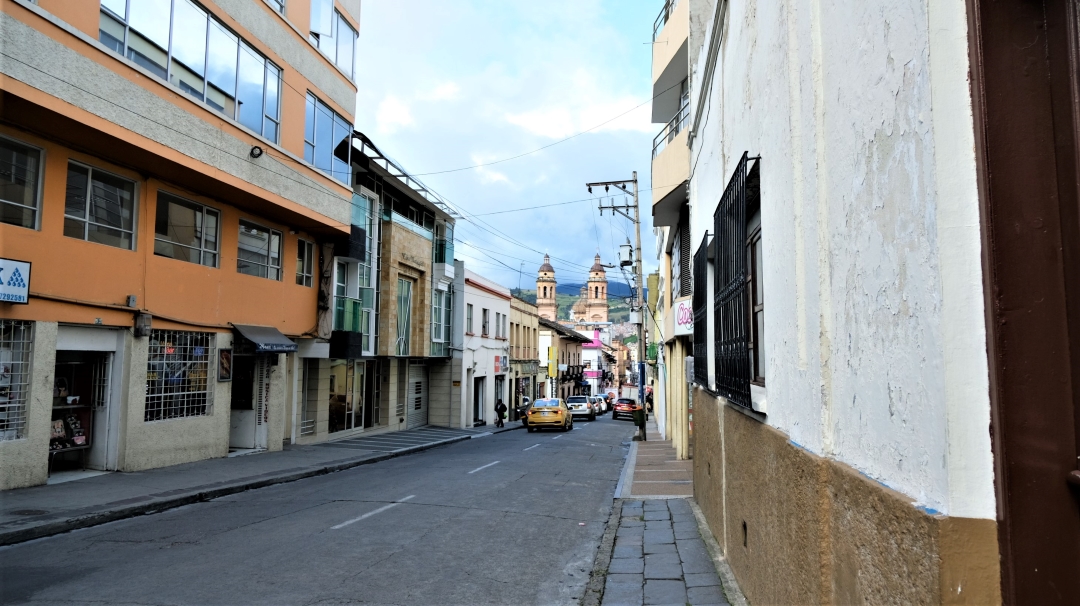
According to travel guides, the only safe place to cross the overland border between Colombia and Ecuador is Rumichaca. The closest Colombian town is Ipiales (but we recommend staying in Pasto) and the closest Ecuadorian town is Tulcan (but we’d go straight across to Otavalo).
We’ve crossed many Central American borders in our time, so we were prepared for a long and difficult crossing. But it was actually super easy and we were across the border and on our way into Ecuador in under fifteen minutes!
1. Get to Ipiales
Ipiales is connected by bus to many nearby Colombian towns and cities, including Popayan, Pasto, San Agustin and Cali. Most people choose not to stay in Ipiales as it’s not a particularly charming place.
We took the bus from Pasto to Ipiales, which cost COP $10,000 and took around two and a half hours. Probably the only reason to stay in Pasto is to break up this long journey, but there are a few nice cafes in Pasto. We stayed in Pasto the night before crossing the border.
Another option would be to take the bus from Popayan to Ipiales. This would most likely be an overnight journey, as the bus from Popayan to Ipiales alone could take ten hours or more. Popayan is a pleasant traditional city with a large student population and we’d recommend stopping by.
If you take the bus from Cali to Ipiales, it would definitely be an overnighter. It could easily take over twelve hours to get from Cali to Ipiales, not including time spent travelling to Rumichaca or crossing the border. We wouldn’t recommend this option.
2. Take a taxi from Ipiales to Rumichaca
There are plenty of taxis at the Ipiales bus station. The drive is about 15 minutes and should cost around COP $10,000. We were able to split the cost of the taxi with another couple who were crossing the border. The taxi will drop you off in front of the bridge.
3. Get an exit stamp from the Colombian side
Before you cross the bridge, you must get an exit stamp in your passport from the Colombian immigration office. When we were there, there were three lines: one on the left for Venezuelans, one in the middle for Colombians and one on the right for foreigners. We arrived at about midday on a Saturday and there were no queues, so we went through and got our stamp without a problem.
Other travel bloggers said they were asked to leave their backpacks outside. We weren’t asked to do this and we kept our backpacks on us at all times. If you are asked to leave your bag, we wouldn’t recommend it. Try to keep it with you, or otherwise take turns with another traveller to watch your backpacks whilst getting the stamp.
4. Change any leftover Colombian Pesos to US Dollars
You can’t miss the money exchange people — they will come to you. To my surprise, the first person I spoke to gave me the correct exchange rate with no haggling. It’s worth having a currency converter app on your phone and double checking any rate you are offered.
5. Walk over the Rumichaca Bridge
It’s a short walk across the bridge to the Ecuadorian immigration office. It’ll take less than 3 minutes to walk across.
6. Get your passport stamped at the Ecuadorian Immigration Office
We walked straight into the Ecuadorian Immigration Office and got an entry stamp valid for ninety days stay in Ecuador. Surprisingly, our bags weren’t searched by anyone, although the couple we were travelling with were searched by the Ecuadorian border patrol.
No one asked about our onward travel plans or asked to show proof of onward travel. The border control asked if it was our first time visiting Ecuador. It was one of the easiest and quickest border crossings I’ve ever experienced.
7. Take a taxi to Tulcan
Once you are in Ecuador, you’ll see a number of shuttle buses and taxis. They’re all going to Tulcan, which is where you can change for Quito or Otovalo. We took a taxi as it was only $4 US dollars, split between four people. (They use the US Dollar in Ecuador). It’s a fifteen minutes drive.
8. Take a bus from Tulcan to Otavalo or Quito
At Tulcan there are plenty of buses going to Otavalo or Quito. The bus from Tulcan to Otavalo took about three hours and cost around $3 US dollars. I highly recommend staying in Otavalo if you can. The market is supposedly one of the largest in South America. If you have to travel straight from Tulcan to Quito, it’ll take about five and a half hours from Otavalo and cost around $5.50.

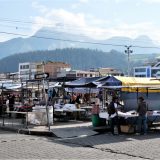

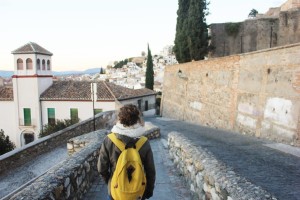
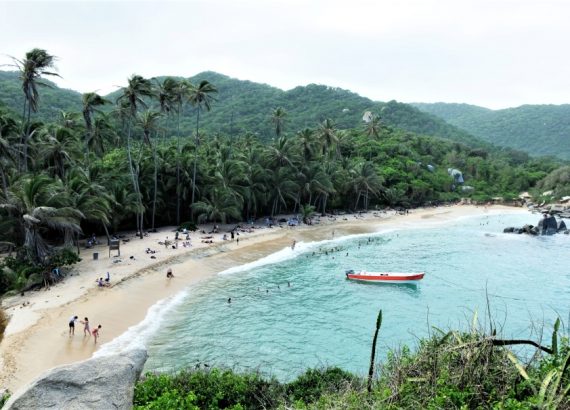
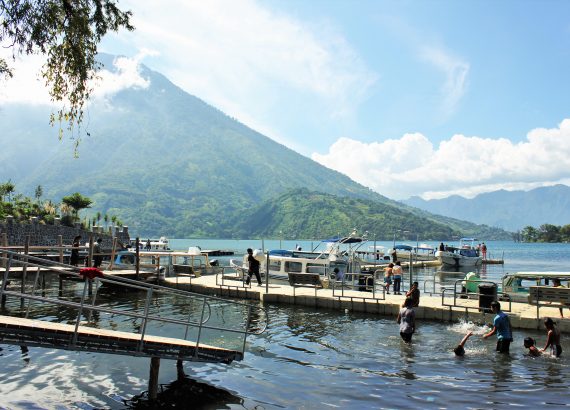
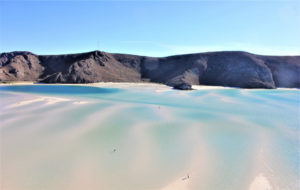
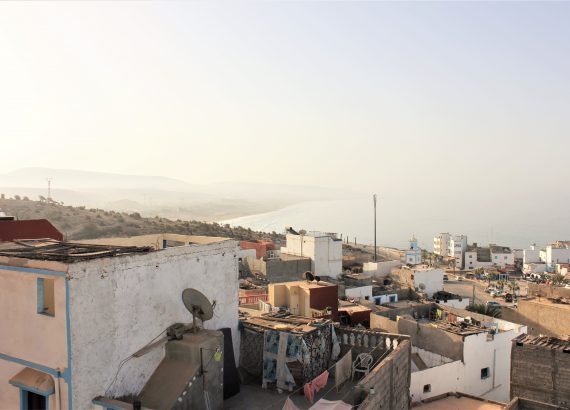
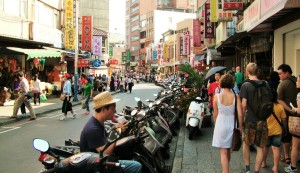
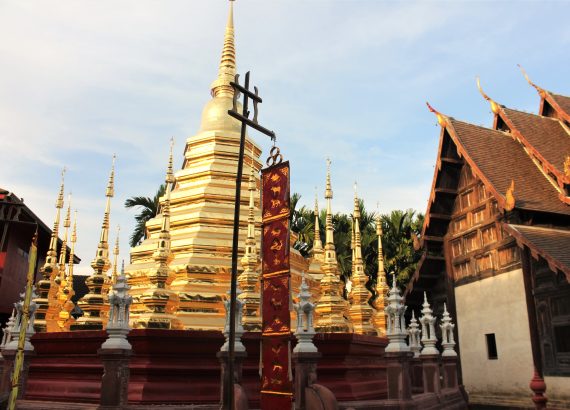
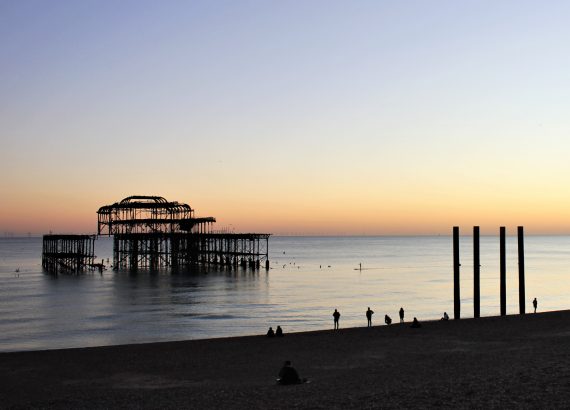



Song
This was super helpful. Thank you!